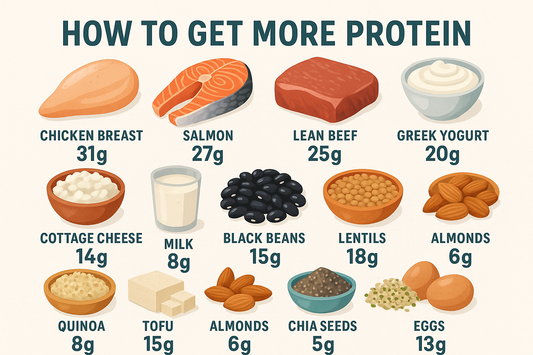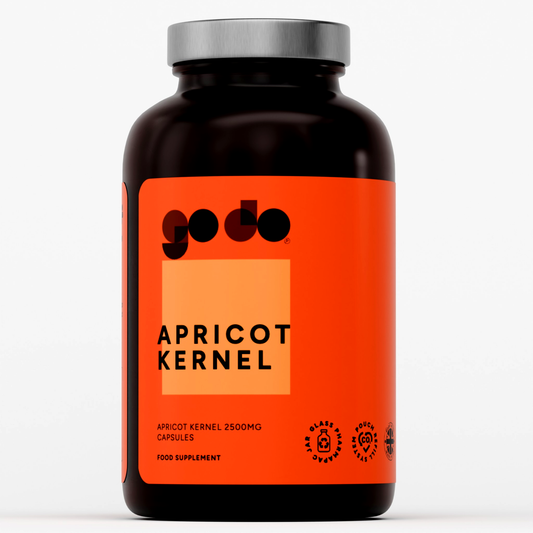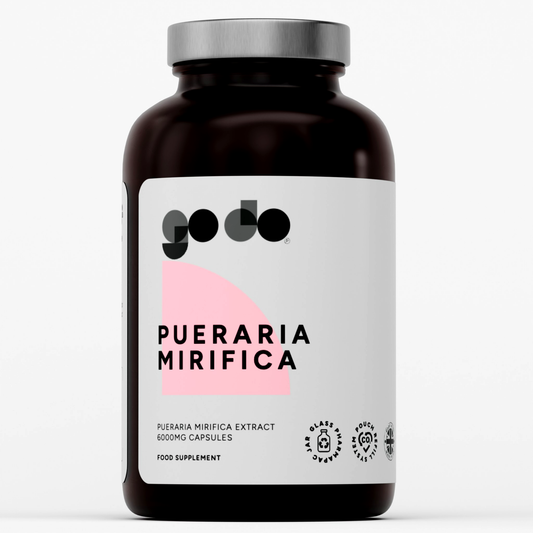Training with high-intensity interval workouts, commonly known as HIIT, involves short bursts of intense exercise followed by brief periods of rest. These workouts typically last between 15 seconds to 4 minutes and are repeated multiple times within a session. HIIT can include exercises using various equipment such as stationary bikes, treadmills, bodyweight exercises, or kettlebells. Understanding what constitutes a HIIT workout is crucial for reaping its benefits while preventing potential injuries. Let's explore into the specifics of what defines a high-intensity interval training routine.
Understanding HIIT
Key Principles of HIIT
To effectively engage in a High-Intensity Interval Training (HIIT) workout, it is crucial to understand the key principles that govern this form of exercise. One of the key principles of HIIT is the concept of short bursts of intense work followed by brief recovery periods. This method is designed to push your muscles to their limits while maximizing calorie burn and muscle building in a condensed timeframe. Proper preparation and understanding of these principles are vital to ensure a safe and effective workout.

Common HIIT Methodologies and Structures
An imperative aspect of High-Intensity Interval Training (HIIT) is the variety of methodologies and structures that can be implemented to achieve fitness goals. Common HIIT structures often involve short, intense bursts of activity followed by brief rest periods. Popular HIIT methods include Tabata, which consists of cycles of high-intensity work and short rest periods. By incorporating diverse exercises and equipment such as stationary bikes, dumbbells, or bodyweight movements, individuals can tailor their HIIT workouts to suit their preferences and goals.
Types of HIIT Workouts
There's a variety of high-intensity interval training (HIIT) workouts that can help you achieve your fitness goals efficiently. These workouts typically consist of short bursts of intense exercise followed by brief recovery periods. By alternating between high-intensity and lower-intensity intervals, you can maximize calorie burn and build muscle effectively.
Perceiving the different types of HIIT workouts available can help you choose the best approach for your fitness routine. It's important to find a HIIT program that suits your fitness level and goals while ensuring safe and effective exercise.
| Tabata Training | Short, intense intervals |
| Bodyweight Circuits | Resistance training with body weight |
| Interval Running | Alternating sprints and jogs |
| Cycling Intervals | High-intensity cycling with rest periods |
| Kettlebell Swings | Dynamic full-body exercise |
Tabata Training
While Tabata training follows the traditional HIIT structure of intense work periods followed by short rest periods, it specifically consists of 20 seconds of all-out effort followed by 10 seconds of rest for a total of four minutes per exercise. This type of HIIT workout is known for its efficiency and effectiveness in boosting cardiovascular fitness and strength.
Equipment-Based HIIT Exercises
With equipment-based HIIT exercises, such as using kettlebells, dumbbells, or a jump rope, you can add resistance or additional challenges to your high-intensity workouts. Incorporating equipment into your HIIT routine can help increase muscle engagement and overall intensity, leading to greater fitness gains.
Planning Your HIIT Workout
Step-by-Step Guide to Creating a HIIT Routine
Little planning goes a long way when it comes to creating an effective HIIT routine. Here is a simple breakdown to help you get started:
| Step 1: Set Goals | Step 2: Choose Exercises |
| Define what you want to achieve. | Select a mix of cardio and strength exercises. |
| Step 3: Determine Work and Rest Intervals | Step 4: Schedule Your Workouts |
| Decide on high-intensity and recovery durations. | Find a consistent time slot that works for you. |
Tips for Beginners
To commence on your HIIT journey, remember these tips:
- Start slow and gradually increase intensity to prevent injuries.
- Stay hydrated during and after your workouts.
- Avoid pushing yourself too hard too soon to avoid burnout.
For instance, begin with shorter intervals and lower intensity levels. Thou must listen to your body and adjust accordingly to ensure a safe and effective workout routine.
Key Takeaways:
- HIIT workout: High-intensity interval training consists of short bursts of intense work followed by quick recovery periods.
- Duration: Typically lasts between 15 seconds to 4 minutes, with cycles repeated several times.
- Exercise variety: HIIT workouts can include exercises using stationary bikes, treadmills, bodyweight, kettlebells, dumbbells, or jump ropes.
Factors to Consider Before Starting HIIT
Keep in mind that high-intensity workouts require thorough preparation to avoid potential injuries. It is important to assess your current fitness level, understand the importance of recovery times, and know when to push yourself and when to rest.

Assessing Your Fitness Level
For those considering begining on a high-intensity interval training (HIIT) program, it is crucial to assess your current fitness level. Take into account factors such as your cardiovascular endurance, strength, flexibility, and overall health. Consulting with a fitness professional or doctor can provide valuable insights into your readiness for HIIT.
Understanding the Importance of Recovery Times
If you are new to HIIT or intense exercise, understanding the importance of recovery times is key. Rest periods between high-intensity intervals allow your body to recover and adapt to the demands of the workout. Ignoring these recovery times can lead to overtraining, fatigue, and increased risk of injury.
Plus, research has shown that adequate recovery is important for maximizing the benefits of high-intensity workouts. It allows muscles to repair and grow stronger, leading to improved performance and reduced risk of overuse injuries.
Pros and Cons of HIIT Workouts
| Pros | Cons |
| Efficient calorie burning | Potential for overuse injuries |
| Improved cardiovascular fitness | Risk of muscle and joint injuries |
| Time-saving | Requires proper preparation |
| Can be adapted to various fitness levels | Not suitable for beginners |
Benefits of High-Intensity Training
Some benefits of high-intensity training include efficient fat burning, increased muscle mass, and improved cardiovascular health. Research has shown that HIIT workouts can lead to continued calorie burn post-exercise and may help lower blood pressure and heart rate.
Potential Risks and When to Exercise Caution
For individuals considering high-intensity workouts, it is necessary to be aware of the potential risks involved. Overuse injuries, muscle strains, and joint pain can occur if proper preparation and technique are not followed. It is crucial to listen to your body, avoid pushing through pain, and gradually increase intensity levels over time.
HIIT exercises can be extremely beneficial for fitness improvement, but they also come with potential risks. It is necessary to approach these workouts with caution, focusing on proper form, gradual progression, and adequate rest to minimize the risk of injury.
Summing up
The high-intensity workout known as HIIT consists of short bursts of intense exercise followed by brief recovery periods. These workouts can last between 15 seconds to 4 minutes and are repeated several times. HIIT can include various exercises using equipment like a stationary bike, treadmill, bodyweight, kettlebell, dumbbells, or jump rope. Proper preparation is crucial when engaging in high-intensity workouts to prevent injuries and maximize benefits. Understanding the structure and benefits of HIIT exercises can help individuals make informed decisions about their fitness routines.

FAQ
Q: What is considered a HIIT workout?
A: High-Intensity Interval Training (HIIT) consists of short bursts of intense exercise followed by brief recovery periods. These workouts typically last between 15 seconds to 4 minutes and involve repeated cycles of high-intensity exercises. Common HIIT exercises include stationary biking, treadmills, bodyweight exercises, kettlebells, dumbbells, and jump ropes.
Q: What are the benefits of HIIT or other high-intensity exercises?
A: HIIT and other high-intensity exercise programs are effective in burning a significant amount of calories in a short period. Research shows that you continue to burn calories even after the workout is over. Additionally, these workouts help in burning fat, building muscle, and may also aid in lowering blood pressure and heart rate.
Q: Can high-intensity exercise really be dangerous?
A: Yes, high-intensity exercises can be dangerous if not done properly. While the main danger to health is an inactive lifestyle, overdoing high-intensity exercise can lead to overuse injuries and muscle/joint injuries. It is important to approach these workouts with caution and proper preparation to reduce the risk of injuries.





